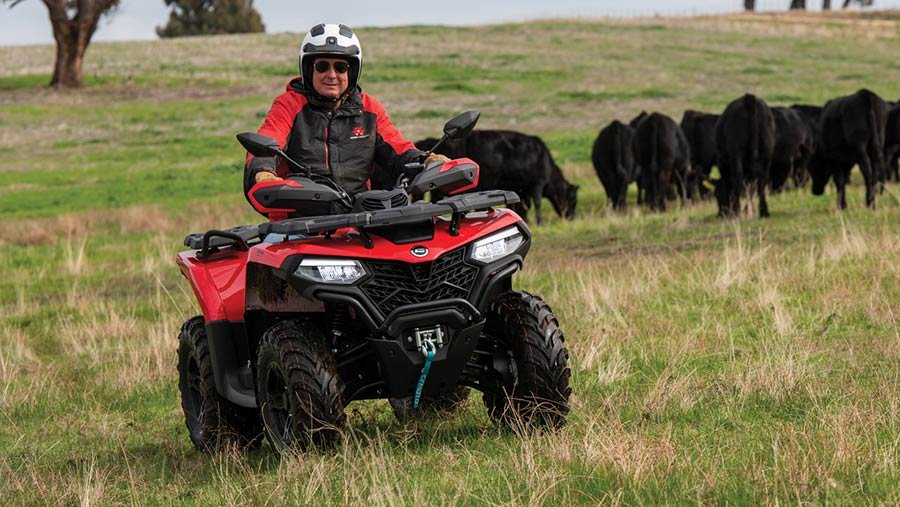By Gale Perez
There have been significant developments in automated weeder technology in the past several years. A quick perusal of automated weeders on YouTube reveals many machines developed in diverse parts of the world. Auto weeders that have been used in vegetable production in the Salinas Valley include machines from Europe such as the Robovator (Denmark), Ferrari (Italy), Steketee (Netherlands), and Garford (England). In the last few years new machines designed and built in the US include Farm Wise and Stout weeders. Both machines use a split blade technology to remove weeds in the seedline between the “keeper” crop plants. The blades open around the keeper plants to safeguard the crop and then close to remove weeds in between. The blades are adjusted to give a buffer area around the keeper plants and to avoid cutting roots of the desirable plants. This results in an island of undisturbed soils around the keeper plants in which weeds can survive. In studies that Steve Fennimore and I have conducted, autoweeders routinely remove 50-70% of the weeds in the seedline. It is commonly necessary to have a hand crew follow up the autoweeding operation to remove the remaining weeds to achieve desired levels of weed control. The follow-up hand weeding operation following the use of an autoweeder typically takes much less time than beds that have not been autoweeded.
Given that the autoweeders mentioned above often leave weeds in the zone right next to the crop plant, we have often discussed the need for machines that can precisely and safely remove weeds right next to the keeper plants. Ideas included the use of precision and pinpoint application of an herbicide or hot oil to the adjacent weeds or removal by lasers. This concept is now a reality because in 2022, there are now machines that employ these ideas. At the 2022 Automated Technology Field Day held in Salinas on June 8th Tensorfield Agriculture (https://tensorfield.ag/) demonstrated their machine that used precision application of hot oil and Carbon Robotics (https://carbonrobotics.com/) demonstrated their machine which used lasers to remove unwanted weeds.
Photo 2. Central growing point of purslane burned by lasers in a high density planting of spinach.
The Tensorfield machine captures images of the bed and breaks the treatment area into ½ inch squares. The computer then distinguishes between the crop and weeds and decides which of the squares can be treated to remove weeds but not spray the crop plants. Verdant Robotics is another company that also uses precision application of an herbicide to the weed plants and avoids the keeper plants (I have not seen this machine yet myself, but I have talked to growers that have seen this machine in operation and are excited by its potential).
In 2022 Carbon Robotics made the first deliveries of their laser weeder to growers producing onions, carrots and lettuce in the western US. The machine that is in use in the Salinas Valley is three 80-inch beds wide. It is capable of removing weeds from high density plantings such as baby lettuce, spinach and spring mix (Photo 1). The lasers focus energy to the growing point of young weed plants (Photo 2). It is most efficient for the machine to treat young weeds which allows it to spend less time and energy to kill each plant and thereby move more quickly through the field. One of the great advantages of the machine is its ability to remove weeds right next to the crop plants (Photo 3). Weeds growing right next to the crop plants are the most expensive weeds to remove; this is particularly the case in high density plantings.
The bottom line is that automated weeding has come a long way in just a few short years. The split blade autoweeders greatly improved the capacity to remove a significant number of weeds from production fields. The advent of autoweeders that can precisely apply an herbicide or laser energy to weeds that are right up against crop plants takes autoweeding to a whole new level and opens the possibility for machine weeding to remove sufficient weeds from a field so that little to no follow-up hand weeding is necessary during a crop production cycle. This is truly extraordinary.
.jpg)
Source : ucanr.edu












